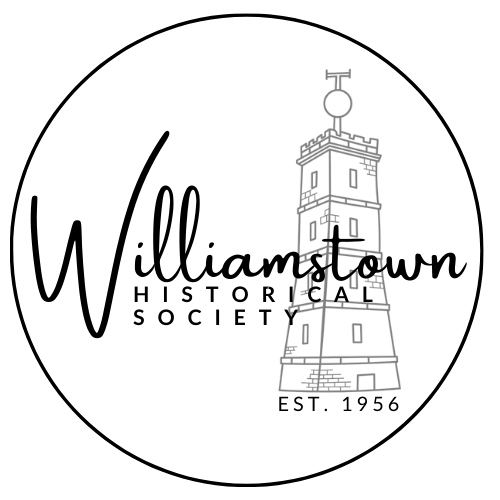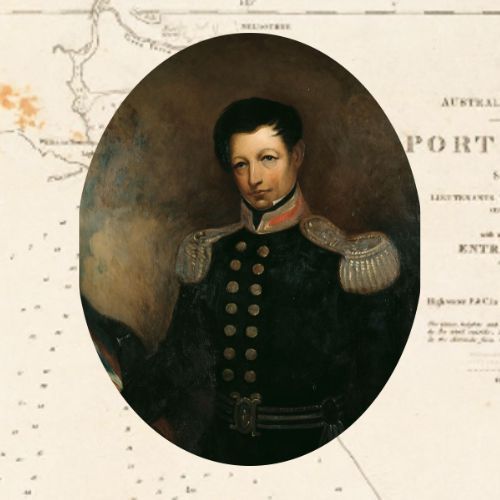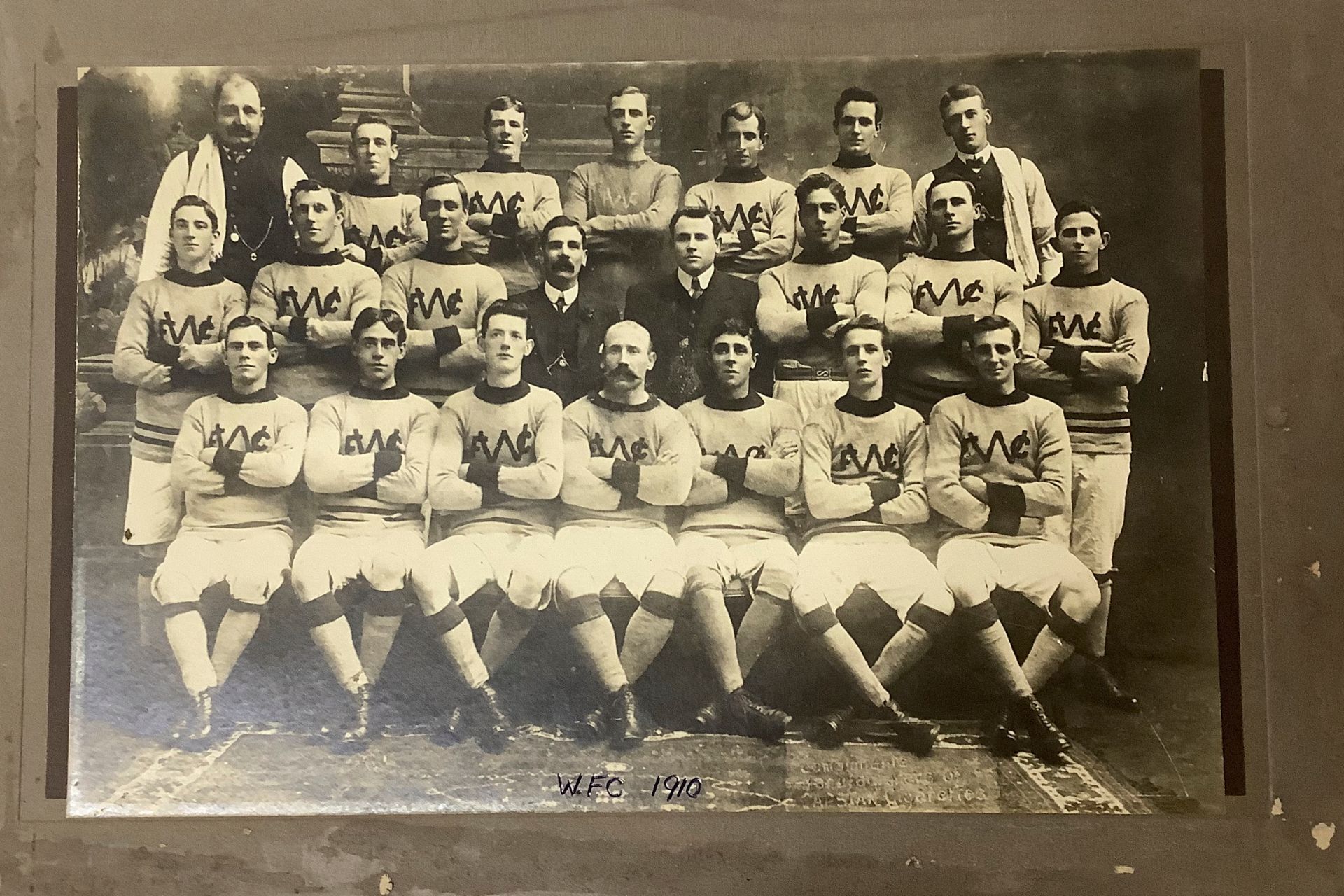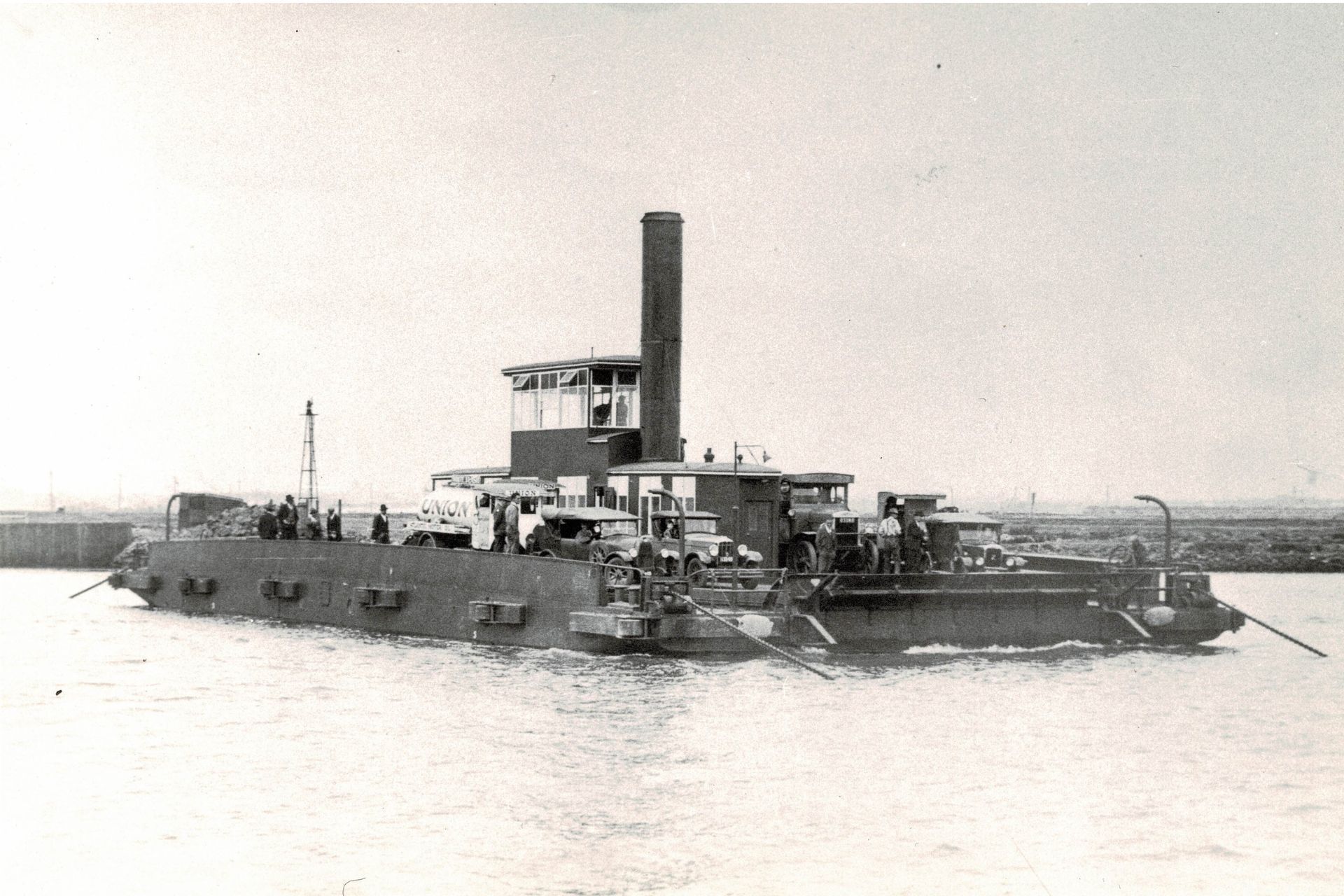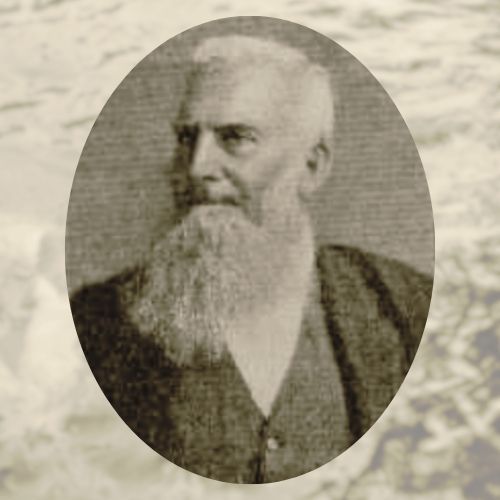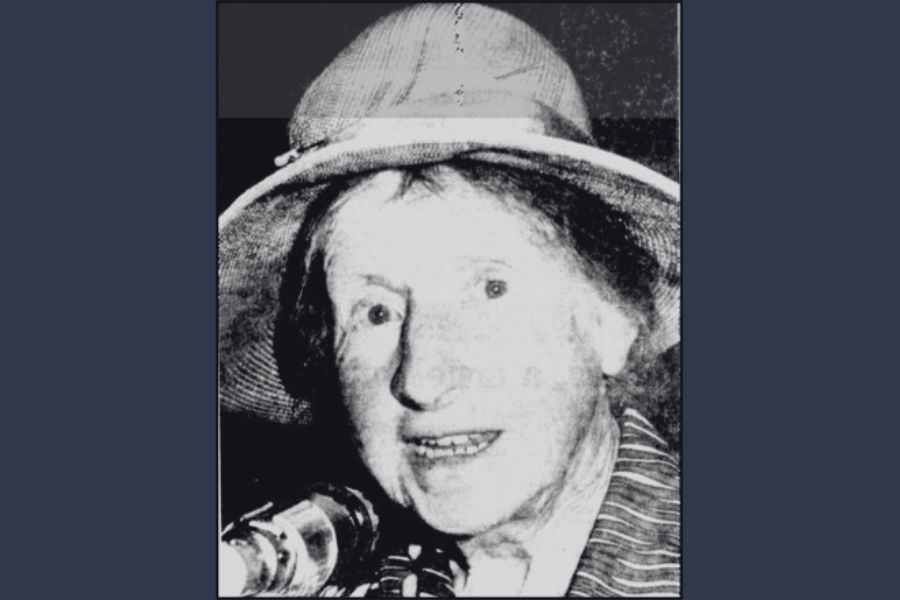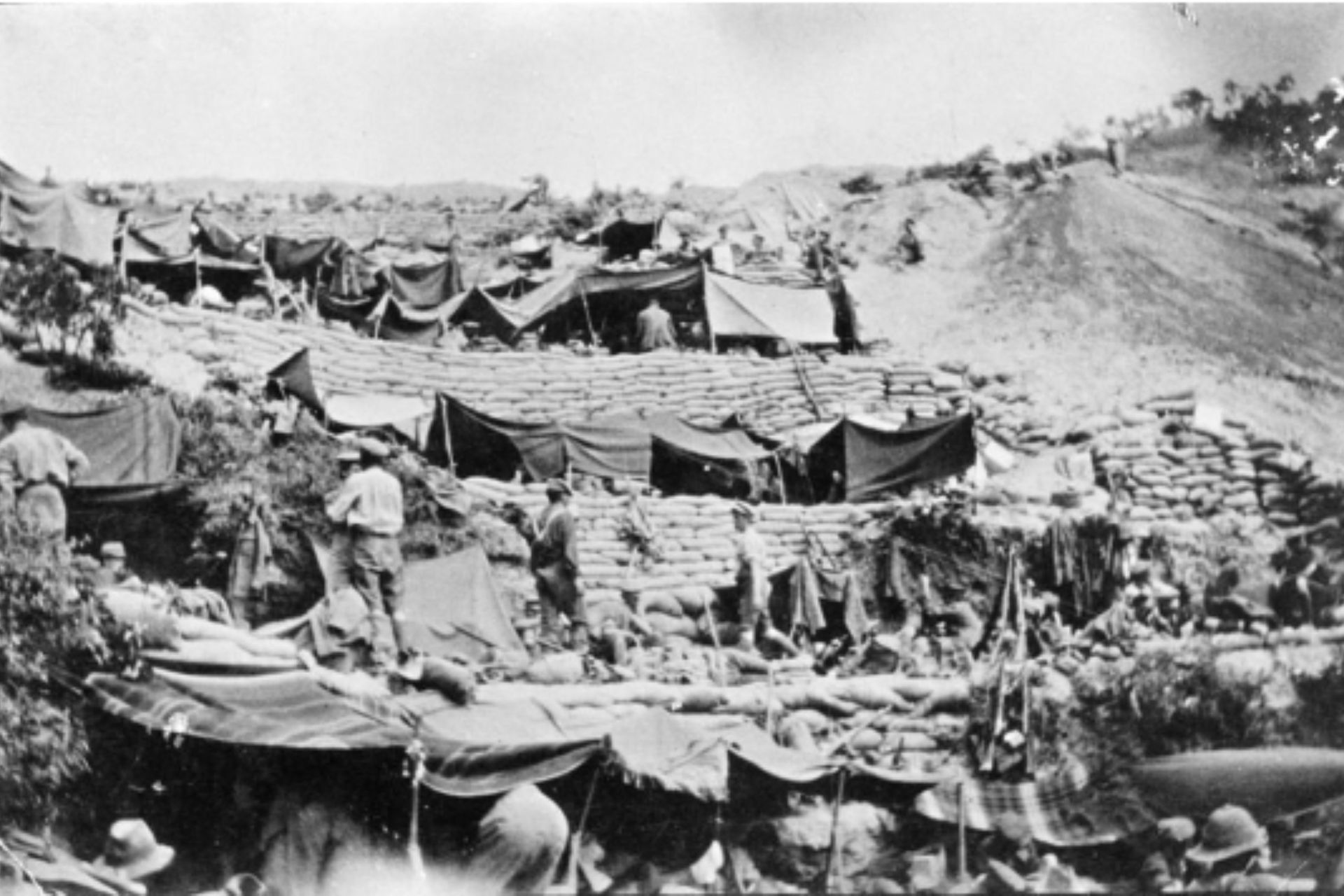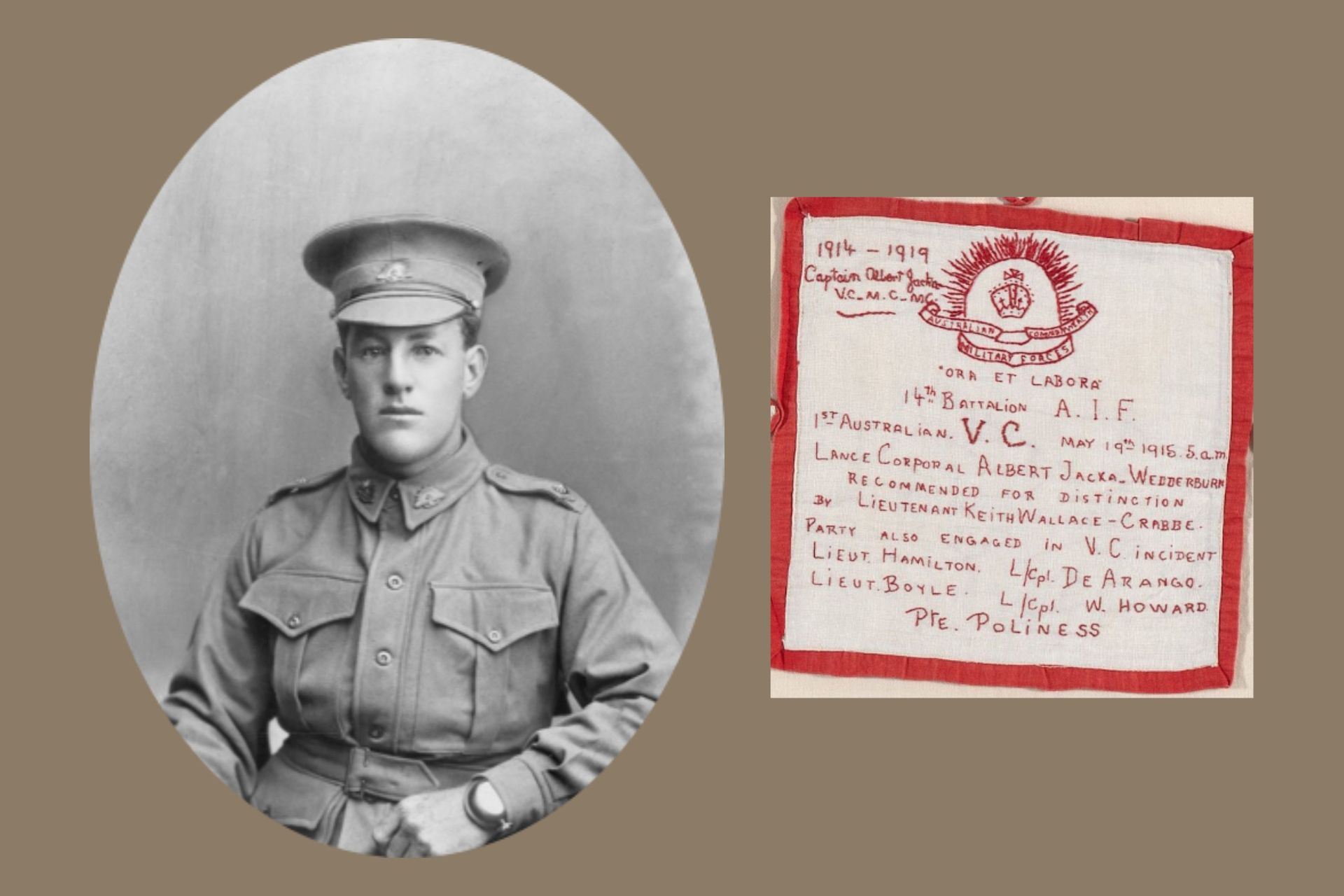The day Dr W.G Grace came to Williamstown
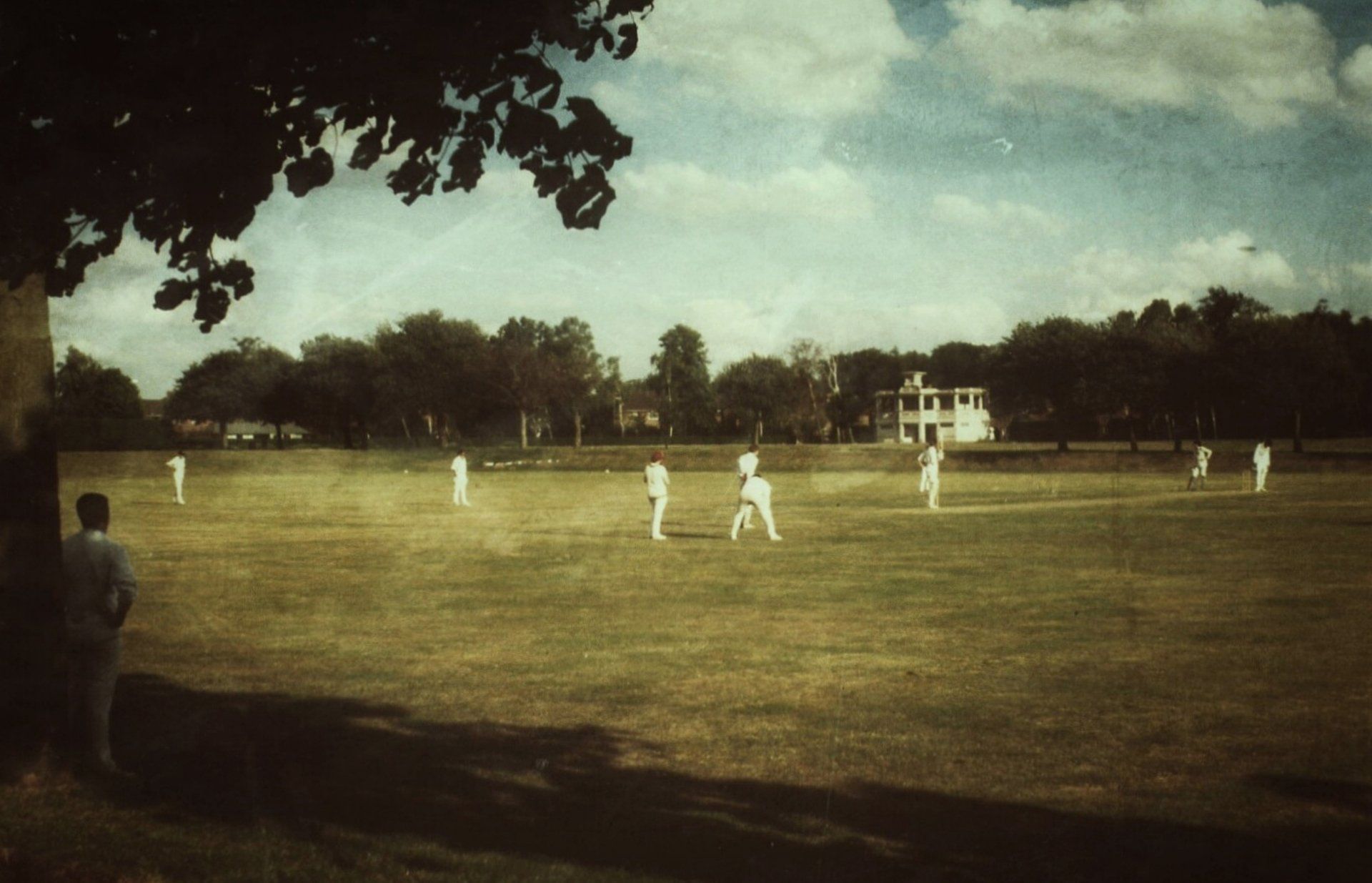
It happened on 13th January 1892!
Many cricket lovers have seen photographs of a bearded, rotund Dr W.G, Grace (1848-1915), dressed in cricket gear and holding a cricket bat. He was not only a medical doctor, but a champion cricketer of his era and toured Australia several times with the English cricket team.
In 1891/92, an English national cricket team toured Australia and Ceylon (now Sri Lanka since the 1970's). The tour was organised (and financed) by Lord Sheffield, whose name heads the Australian domestic cricket competition today. It was a long sea voyage from England to Australia, with a stopover in Colombo (Ceylon) to play local cricket teams. There were no quick international flights in those days!
The English team comprised only 12 players captained by W.G. Grace, 29 matches were played in Australia including colonial matches against Victoria, New South Wales and South Australia - twice each. The test series against Australia was lost 2-1, those losses being the only ones on the tour, which included 12 wins.
The 13th January 1892, was a one-day match against Williamstown at the Williamstown Cricket Ground. Where did the English team stay in Melbourne? How did they travel to Williamstown for their match? It could not have been by the team bus or by car! It must have been by train, a line which opened in 1859! One can imagine the team carrying their cricket gear a short distance from the Williamstown Station to the nearby Williamstown Cricket Ground.
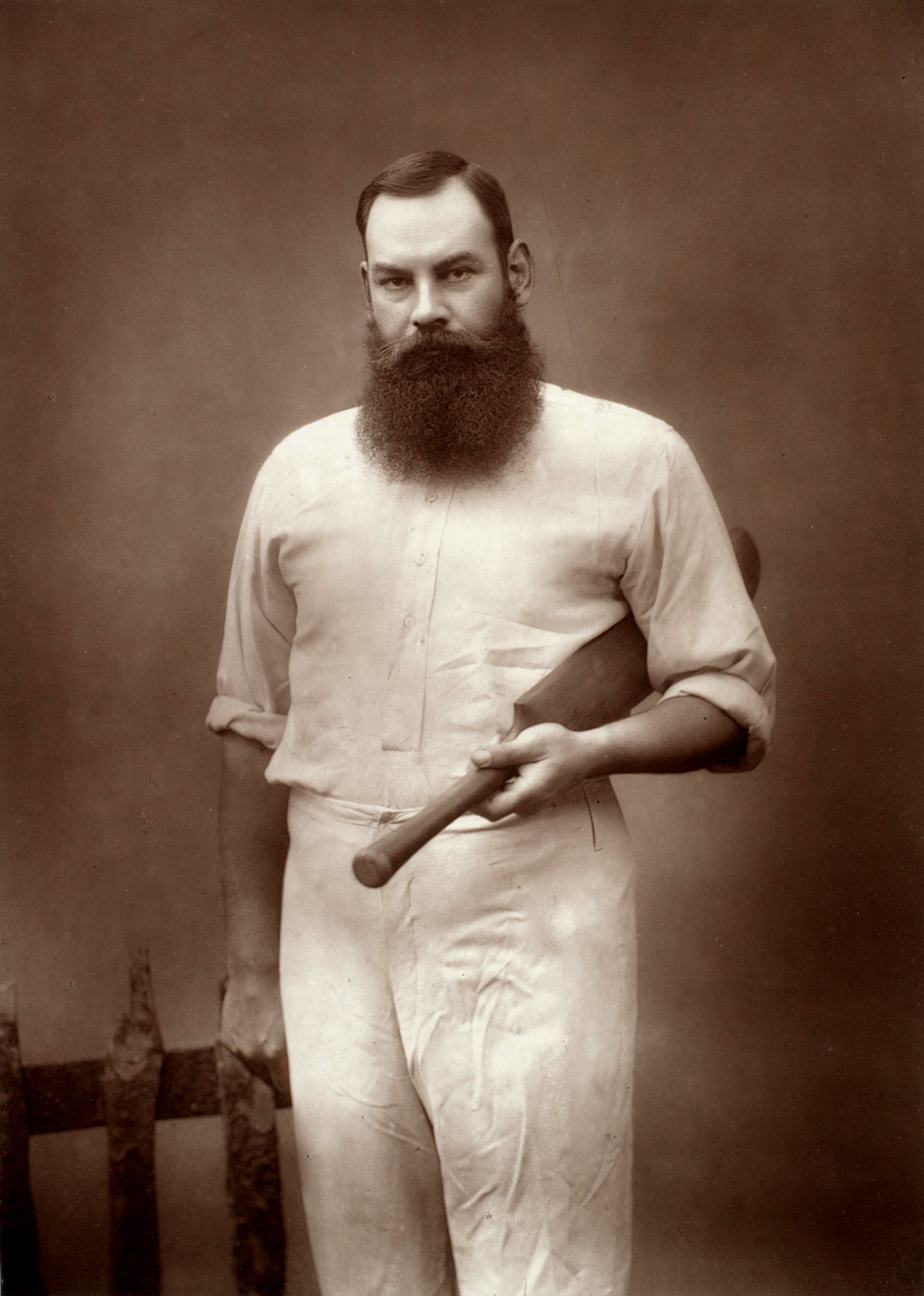
Williamstown won the toss and decided to bat. Features of the match were:
- Willamstown batted TWENTY-TWO players!! England only listed TWELVE to bat! Of course, today cricket teams only usually have ELEVEN players.
- Williamstown was all out for 154 runs in 70.1 overs, the top-scorer being Dysn with 24 runs. Were they 8=ball overs in those days? England only used THREE bowlers. Lohman bowled unchanged for 35 overs and took 8/80. Briggs only bowled 6 overs for 0/8, before being replaced by W.G. Grace who then bowled for the rest of the innings. His 29.1 overs resulted in ELEVEN wickets for 58 runs! There were also runouts. One can assume the bowlers had very short run-ups for the number of overs they bowled! Grace's bowling was described as 'round-arm medium pace'.
- As Williamstown batted for so many overs, the England batting was restricted to 20 overs with Willy using only three bowlers - Dyson, Aughtie and Miilner. The score was a leisurely 1/43 when the play ended. Unfortunately, the champion-batsman Grace did not bat.
Has the Williamstown Cricket Ground hosted an overseas test team since 1892? It would be nice if this piece of Williamstown's history was recognised at that ground with a plaque, detailing the playing of the English test team captained by a champion cricketer of the day - W. G. Grace. Maybe the Williamstown Cricket Club, founded in 1852 could provide the plaque to mark a significant day in the club's history.
Author: John Becroft
Article first published in the Williamstown Historical Society Newsletter - Timeball Times No. 304 - July 2021
